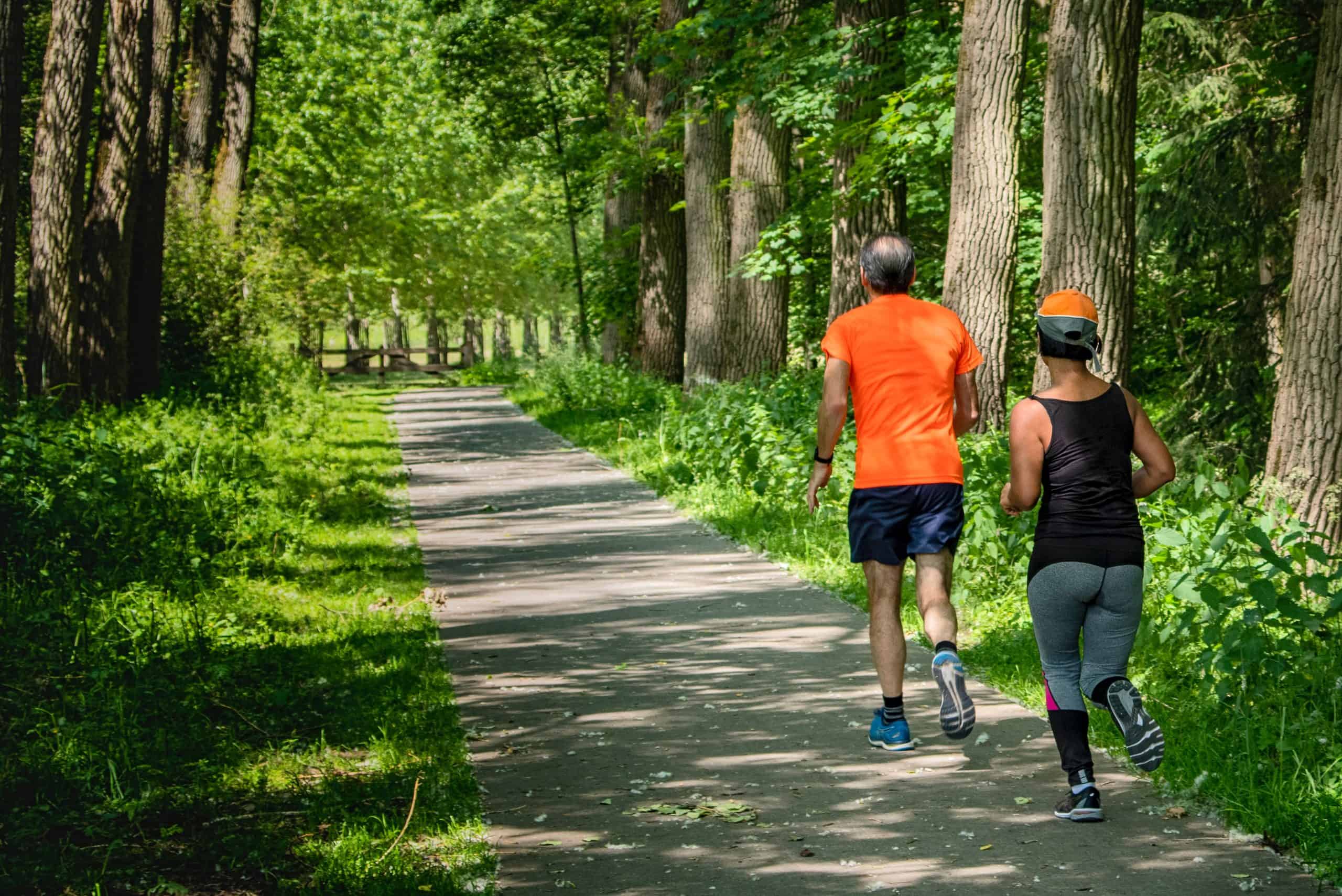
Exercise and Seniors
At least 75% of people over the age of 65 are not doing the recommended levels of exercise, despite the known health benefits of exercise.
Longer survival (God willing)
Improving quality of life (for example, stamina, strength, mood, flexibility, sleep quality, mental function)
Moreover, many older adults are not aware of how difficult it is to exercise, and do not know how much exercise they can do.
Exercising is one of the safest ways to improve health. Given the decline in physical capacity due to aging and disorders that are more common among the elderly, older adults may benefit more from exercise than younger adults. And exercise has been shown to have benefits even when started in later years or years. Delayed. Basic medium strength training helps older adults carry out activities of daily living.
The greatest health benefits, especially with exercise, appear when people who are not physically active begin to do these exercises.
Strength decreases with age, and a decrease in strength can impair job performance.Strength training can increase muscle mass and improve muscle function.With increased muscle mass, the same degree of muscle work requires less effort from the cardiovascular system.Increased muscle strength in the legs improves muscle tone. Walking speed and stair climbing. Older people who exercise are likely to have better prognosis during critical illness.
However, not all older people can exercise safely. Some heart disorders, high blood pressure, or uncontrolled diabetes may make exercise dangerous for some people. Other disorders, such as arthritis, can make exercise difficult. Even those with heart disorders are able to exercise and may need to follow a specially designed exercise program under the supervision of a doctor, physical therapist, or certified trainer. Patients should stop exercising and seek medical help If they have chest pain, light-headedness, or an irregular heartbeat (palpitations) while exercising.
Before beginning an exercise program, older adults should be evaluated by their doctors for heart disorders and physical limitations to exercise. An ECG is usually not needed, unless the person’s medical history or findings during the physical examination suggest a problem. Stress tests are usually unnecessary for older people who plan to start exercising slowly, with only gradually increasing intensity. Doctors may perform stress tests for people who are not physically active and who plan to start exercising more intensely, especially if doctors suspect they have diabetes or A lung disorder or a heart disorder.
As with young people, a comprehensive training program for older adults should include:
aerobic activity
strength training
Flexibility and balance training
Often doctors or exercise professionals can design a single program to help a person achieve all of their exercise goals. Strength training improves muscle mass, endurance, and strength. If strength is trained through a full range of motion, many exercises It improves flexibility, and enhances muscle strength, which improves joint stability, and thus balance. Moreover, if rests between exercise sets are minimal, exercise can be aerobic type, and thus cardiovascular function can also improve.
The duration of aerobic activity for older adults is similar to that of younger adults, but exercise should be less intense. Usually during exercise, the person should be able to speak comfortably. Older people who do not have disorders that limit exercise They can gradually increase their target heart rate to one calculated using age-based formulas (see table: Usual Maximum and Target Heart Rates).
Some older adults who are not physically active need to improve their functional abilities through strength training, before they are able to exercise.
Strength training is conducted according to the same principles and techniques as in younger adults. Lighter forces (loads/resistance) should be used initially (eg, using exercise bands, lighter “2 lb, 1 kg” weights, or getting off a chair ), and increase it according to tolerance.
To help increase flexibility, major muscle groups should be stretched once daily, ideally after exercise when the muscles have the least resistance to stretching.
Balance training aims to challenge the center of gravity through exercise in unstable environments, such as standing on one leg or using balance boards. Balance training is often used to try to prevent falls in older adults, especially if they have poor posture. , may be ineffective, because any balance activity is skill-specific (ie, good balance while standing on a balance board does not improve balance in different activities). This same balance training can also cause falls. For most older adults Flexibility and strength training prevent falls more effectively. This program develops strength around joints, increases stability, and helps people maintain a more effective posture while standing and walking.

Benefits of exercise for the elderly:
A number of benefits are:
- Improving the performance of normal life tasks.
- Prevents the decline in bone density and prevents osteoporosis.
- Helps control high blood pressure.
- Exercise reduces the level of fat in the blood.
- Improves muscle and joint flexibility.
- Exercise promotes heart health in the elderly.
- Among the benefits of sports for the elderly is improving breathing and promoting lung health.
- Sports contribute to raising the body’s immunity.
- Exercise increases the metabolic rate and thus contributes to weight control.
- Exercise is known to help diabetics control it.
- Exercise increases blood flow in the body and thus improves mood and improves the psychological state as a whole.
The importance of sports for the elderly:
Many elderly people are afraid to exercise for fear of their health in general or their heart health, but the following study denies this and explains:
A recent study conducted by researchers from the Norwegian University of Science and Technology concluded that the intensity of exercise does not affect the risk of death in the elderly, which would reduce the fears of some elderly people that intense or strenuous exercise may negatively affect their general health.
Physical activity is one of the most important factors that improve the health of people of all ages, and several previous studies have shown that exercise (regardless of intensity) is associated with an improved lifespan.
Note: Before you do or follow this treatment or this method, please consult a specialist doctor.




